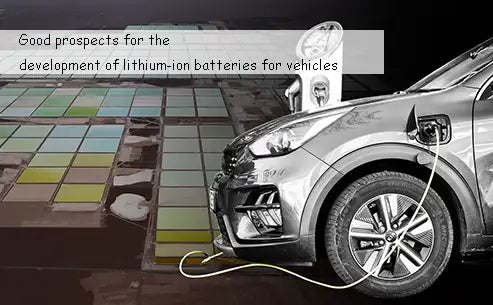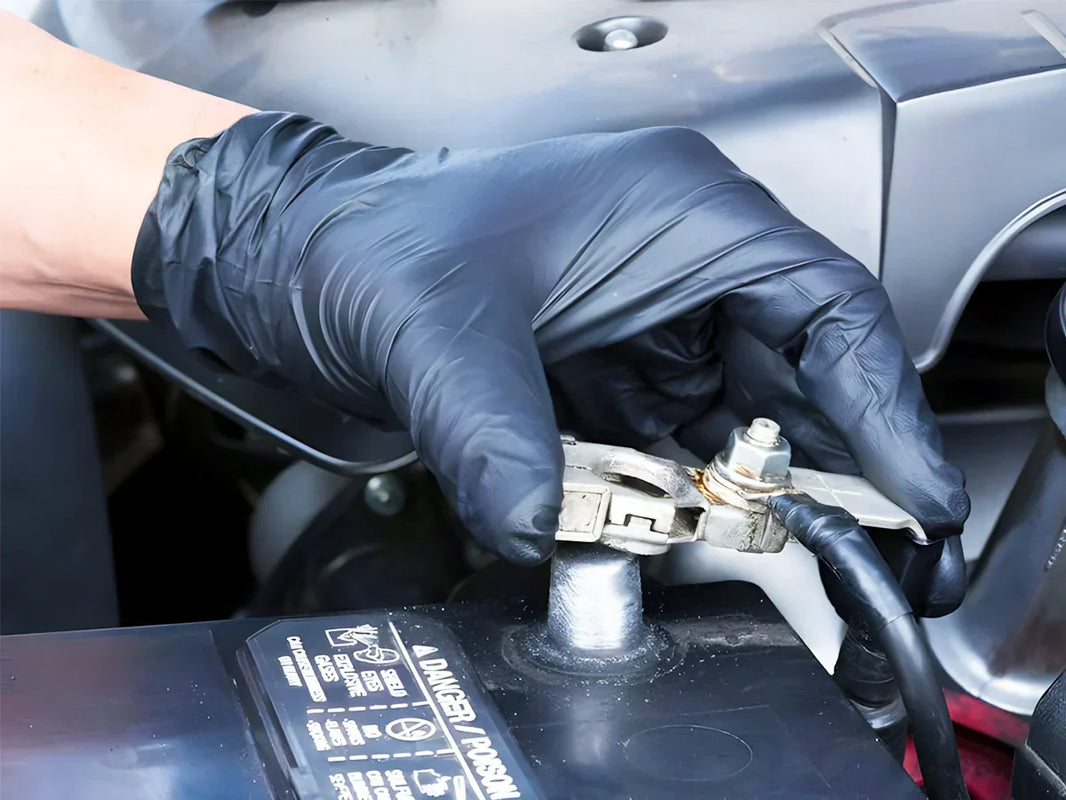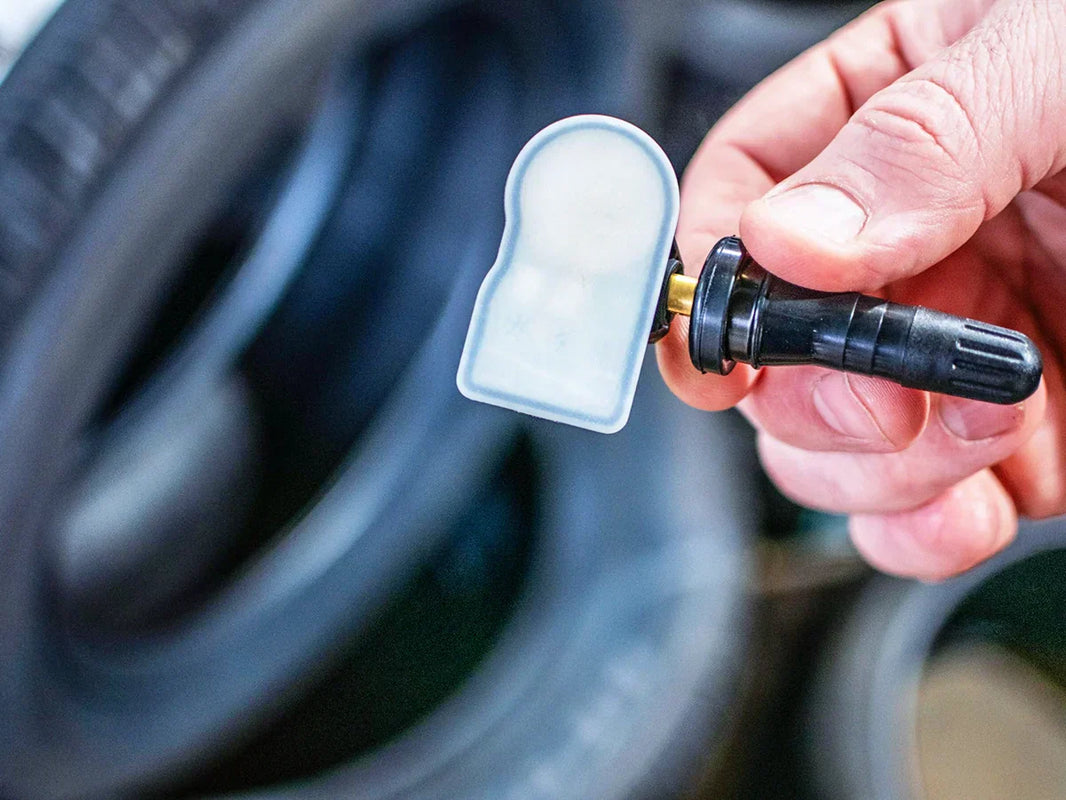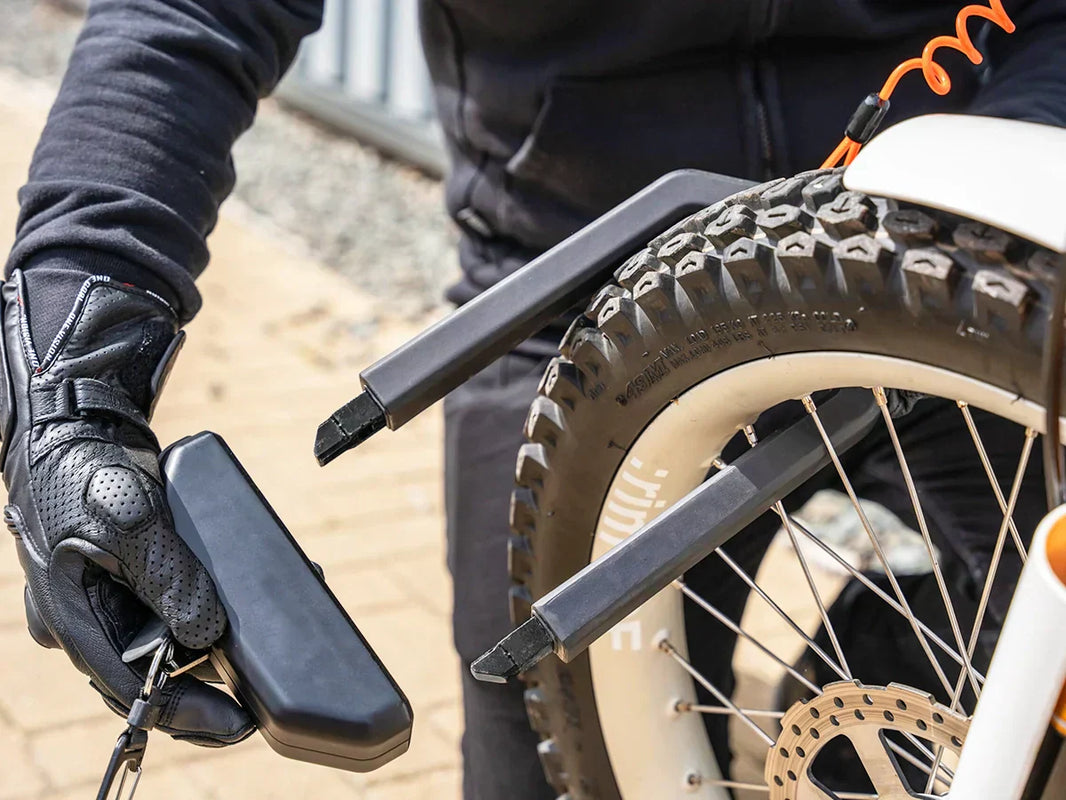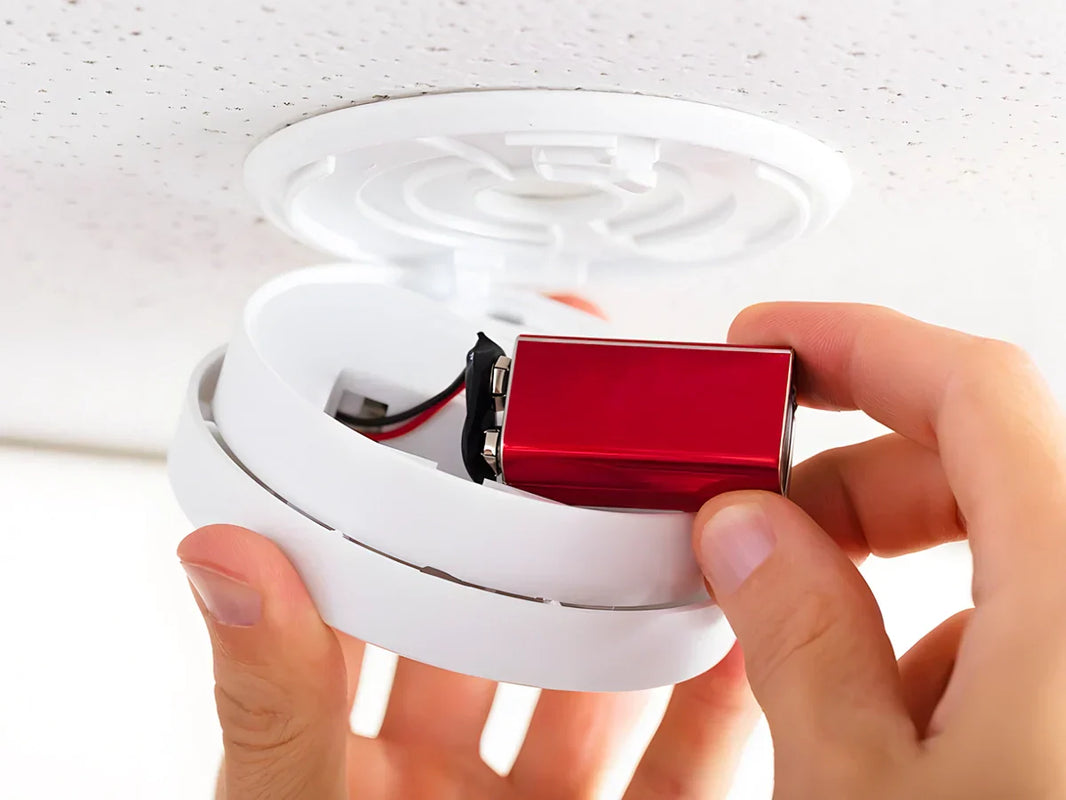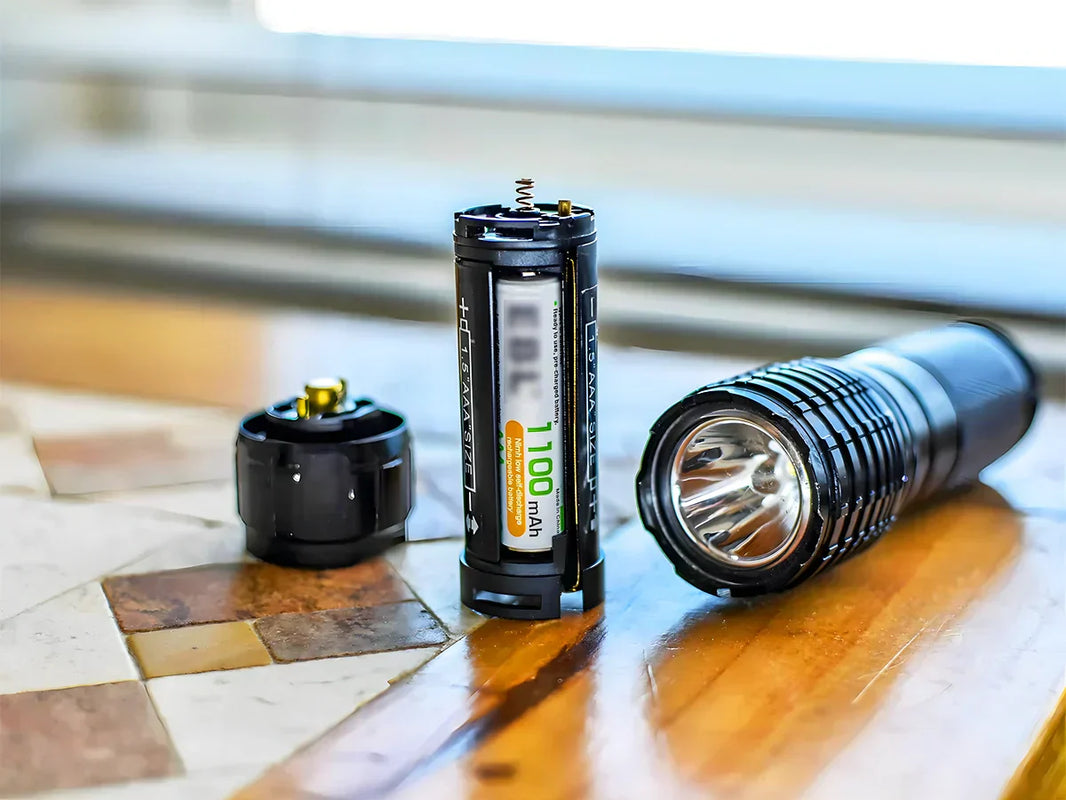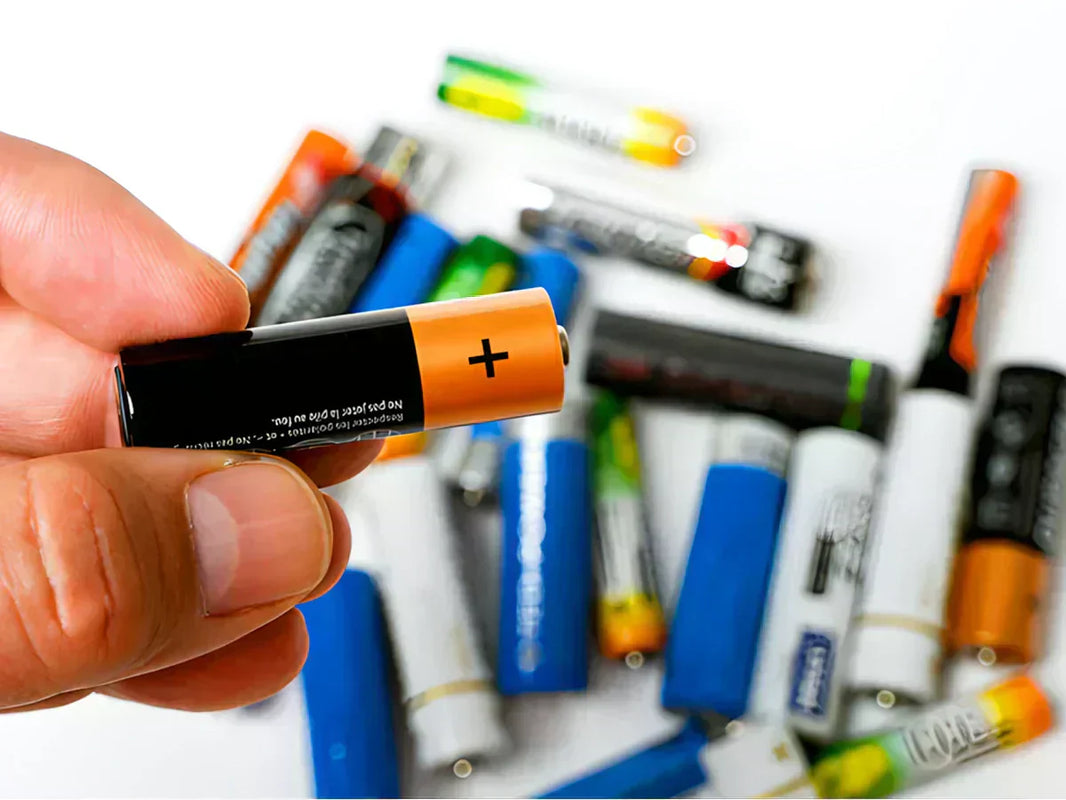
Main content:
1. The application of lithium in lithium-ion batteries
The application of lithium in lithium-ion batteries has been confirmed. The first stage of application is the mobile phone, each battery needs about 1/10oz of lithium carbonate. The second application stage is a laptop computer, which requires about 10 times the amount of lithium carbonate used in a mobile phone. The lithium-ion battery used in plug-in hybrid electric vehicles requires more than 100 times the amount of lithium used in laptop computers.
2. Lithium-ion batteries for vehicles
Lithium-ion batteries for vehicles are expected to be key to the performance of HEVs, which use a combustion engine and electricity to drive two systems. HEVs include a plug-in hybrid system that can be driven on battery power for a certain distance before using a combustion engine, with enough power stored. In addition, pure electric vehicles do not have a combustion engine, and are driven only by lithium-ion batteries for vehicles. Lithium-ion batteries for vehicles are expected to make HEVs comparable in price and performance to natural gas-powered vehicles.
Although nickel-metal hydride is used in most HEV batteries, the lithium-ion battery for vehicles is larger and less powerful than batteries made with lithium-ion chemistry. Toyota's GM Prius hybrid electric vehicle is powered by nickel-metal oxide batteries. Toyota said it will sell 1 million hybrid vehicles a year by 2010.

Opportunities exist for chemical manufacturers to invest in HEVs. Rockwood Corporation has developed proprietary technology for conductive lithium salts that help overcome some of the challenges of automotive lithium-ion battery chemistry. SQM has formed a commercialization alliance with major cathode producers in Europe, Japan, South Korea and the United States to develop lithium-ion batteries for vehicles.
However, the entry into mass production of HEVs by the automotive industry is still in its infancy, and the amount of bonds used in automotive lithium-ion batteries is still small. Strong growth in demand from other end-users and the right price point will continue to support lithium demand growth.
Sales of lithium-ion batteries for vehicles will grow to about $600 million in 2015, according to forecasts by Bank of America Kevin McCarthy. According to the analysis, HEV has more long-term development opportunities of using lithium. It is estimated that by 2015, the consumption of lithium-ion batteries for vehicles will account for nearly half of the operating income of lithium, and the consumption of batteries for pure electric vehicles will account for less than 1% of the total operating income of lithium in 2007. % rose to 1/4 in 2015.
Consumption of lithium carbonate for batteries has grown at a double-digit rate even without significant demand for HEV production. Demand grew by nearly 20% in 2007 and is expected to continue growing at a rate above 10% in the medium term. In addition to battery applications, lithium hydroxide for grease and lubricating oil, lithium carbonate for glass and glass splices, and lithium carbonate for air conditioners will grow at a moderate rate in the medium term.
As the vehicle lithium-ion battery HEV accelerates to the commercial market, the battery company Johnson Controls-Saft put into operation the world's first large-scale HEV vehicle lithium-ion battery production plant in France in January 2007, and has cooperated with jMerce des Company production: The Class hybrid electric vehicle signed a contract to supply lithium-ion batteries, and the Class hybrid electric vehicle was commercialized in early 2009. Japan's NEC Electronics will produce 13,000 lithium-ion batteries for vehicles annually by 2009, and expand to 65,000 by 2010 for use in Nissan hybrid electric vehicles.
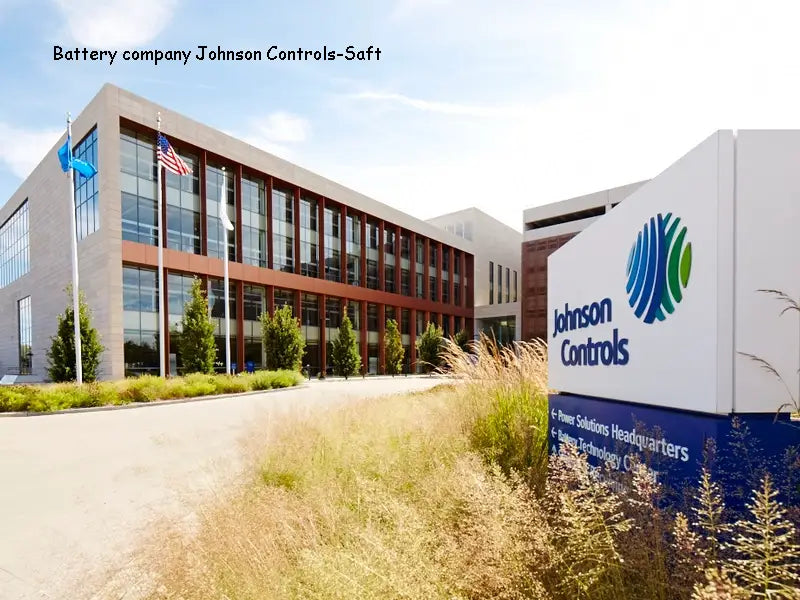
Some automakers are developing plans to use automotive lithium-ion batteries for vehicles. Tesla Motors of the United States has started production of the 2008 Tesla Roadster hybrid electric vehicle in March 2008 and launched the 2009 model. Panasonic EV Energy, a joint venture between Toyota and Panasonic, limited production of lithium-ion batteries for vehicles in 2009. It will shift to mass production in 2010. Some other lithium-ion battery makers, such as South Korea's LG Chem, signed a contract with South Korea's Hyundai Motor Company to supply lithium-ion batteries for vehicles to the company's Accent hybrid electric vehicle since July 2009. Saturn's PHEV and General Motors' Volt EV will be mass-produced in 2010. Sanyo Electric's lithium-ion production will also reach 15,000 to 20,000/a automotive lithium-ion batteries for vehicles in 2011. Volkswagen's hybrid electric vehicle was also used in 2010: Lithium-ion battery technology from Yangdian.
In 2009, the automotive lithium-ion battery market was officially formed. This is because Japanese and overseas automobiles/manufacturers have begun to adopt automotive lithium-ion batteries for vehicles. Among Japanese domestic manufacturers, Toyota Motor, Tokami Heavy Industries, and Mitsubishi Motors have decided to adopt it, while in Europe and the United States, Daimler has also expressed its adoption. In addition, Nissan, Audi of Germany, and General Motors of the United States also adopted it in 2010.
The rechargeable battery that determines the most important performance of HEV and EV will undergo a major change. The reason is that top Japanese manufacturers such as Toyota and Nissan have successively launched models equipped with lithium-ion rechargeable batteries after 2009. The objects involve HEV, EV, PHEV and other fields. Toyota said it started small-scale production of lithium-ion rechargeable batteries for PHEVs at its subsidiary, Panasonic EV Energy, in 2009, and began mass production in 2010. Nissan, which pioneered the "Tino Hybrid" model with lithium-ion rechargeable batteries in 2000, also mass-produced HEVs and EVs equipped with lithium-ion rechargeable batteries in 2010. The HEV is scheduled to be a rear-wheel-drive vehicle, and the gearbox and the vehicle-use lithium-ion battery installed horizontally in the luggage compartment have been disclosed. The battery will be provided by Automotive Energy Supply, a joint venture between Nissan and NEC and NEC Tokin. In addition to Toyota and Nissan, other major manufacturers will also gradually adopt lithium-ion batteries for vehicles. Fuji Heavy Industries started mass production of an EV based on the "Plugin Stella Concept" in 2009, which, like Nissan, uses batteries made by AESC. In addition, Mitsubishi Motors also purchased batteries manufactured by Lithium Energy Japan, a joint venture with GS Yuasa Corporation and others, and started mass production of the EV "i MiEV" in 2009. Honda also added new HEV models in 2009, and added HEV models to the "Fit" in 2010, but it has not yet shown that it uses lithium-ion batteries for vehicles on ordinary HEVs. However, the company's fuel cell hybrid vehicle "FCX Clarity", which was leased and sold in Japan in November 2008, is equipped with an automotive lithium-ion battery, replacing the capacitors that have been used until now.
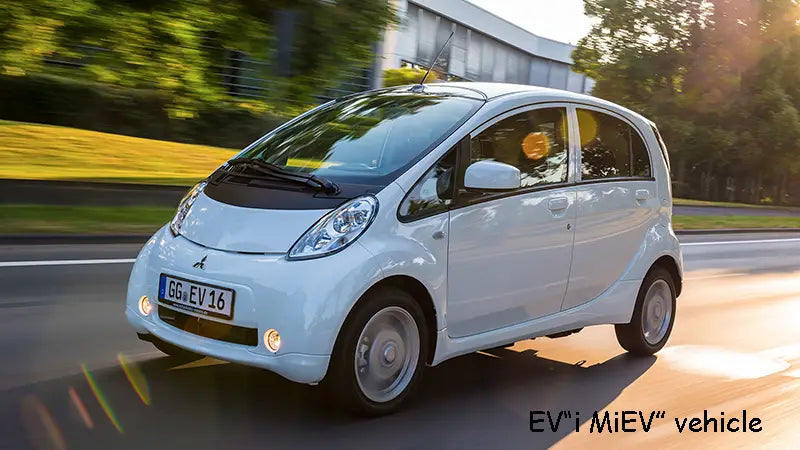
Among overseas manufacturers, German Audi, a subsidiary of the Volkswagen Group, launched HEVs in 2010, and Sanyo Electric started mass production of lithium-ion batteries for vehicles in 2009. In the HEV launched by General Motors in 2010, the lithium-ion battery for vehicles has also been mass-produced by Hitachi Vehicle Energy since the end of 2009.
Read more: What are the basic properties of lithium batteries?


